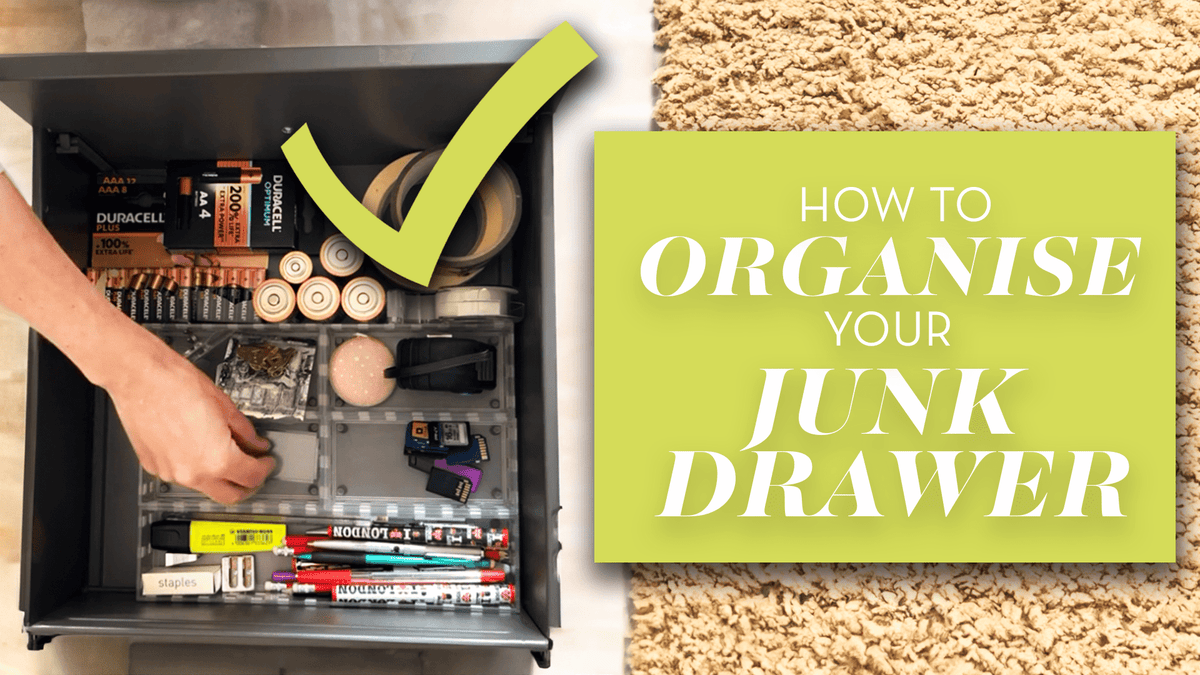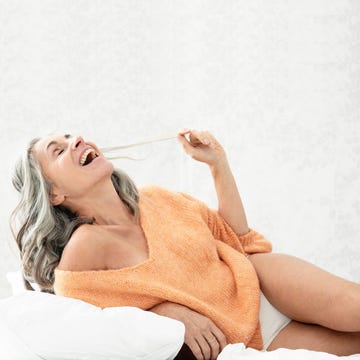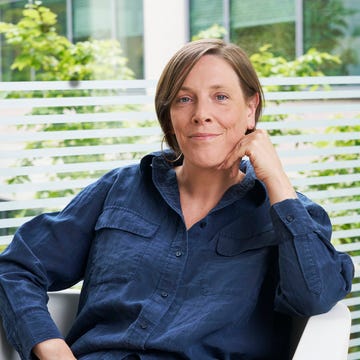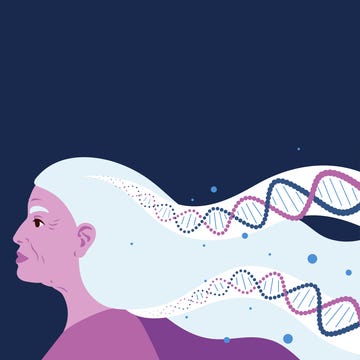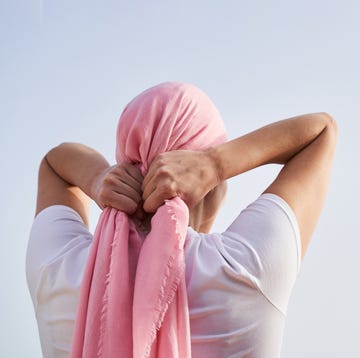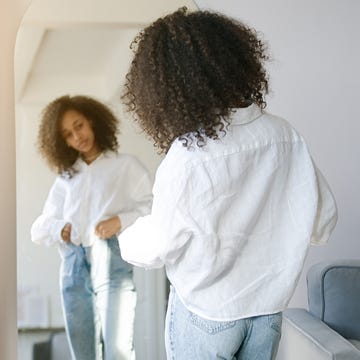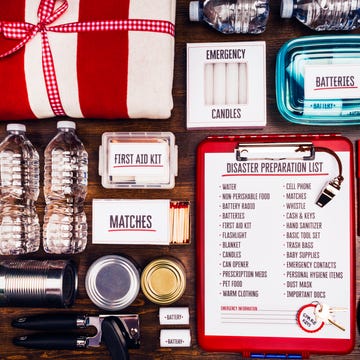When a super-fit friend of mine returned from a skiing holiday last year with a broken leg, she cursed her bad luck. That, sadly, wasn’t the end of it. This year, she took a gentle tumble on a patch of ice and ended up fracturing her shoulder and a painful selection of ribs. She simply hadn’t fallen heavily enough to have caused that much damage – and now the doctors were concerned. ‘I’m being screened for osteoporosis,’ she told me, horrified. ‘I thought that was something that affected little old ladies, but I’m only 52!’
Most of my friends are too busy planning sky-diving experiences and jungle treks now their children have left home to be thinking about how brittle their bones might be – but perhaps we should all start. Conventional wisdom has always been that we build bone strength through our teens and 20s, then plateau through to our 40s (assuming we have a good diet and do enough weight-bearing exercise), then gradually taper off as part of the ageing process, leaving us vulnerable to the brittle bones of osteoporosis in our twilight years.
But osteoporosis appears to be on the increase, affecting ever-younger women – and more men, too. According to the Royal Osteoporosis Society, 3.5m people in the UK are now thought to be living with the condition. Many, like my friends, will have no idea their bones have become dangerously fragile until they end up in A&E.
It’s a scary prospect, but the very good news is you can boost bone strength to bolster your protection against osteoporosis and even reverse that diagnosis.
We might think of our bones as the inert white skeletal framework that keeps us standing, but bones are, in fact, dynamic living tissue that is being continually ‘remodelled’ – broken down, then renewed and rebuilt. According to Dr Nicky Keay, a specialist in exercise endocrinology and author of Hormones, Health And Human Potential, optimal bone health relies on curating the perfect on-going balance between bone ‘resorption’ (the body’s natural process of breaking down bone tissue) and bone ‘formation’ (laying down new bone material).
At various points in your life, she explains, certain factors might tip the balance in favour of resorption (such as depleted nutrients or hormones, inactivity or certain drugs or health conditions), but this balance can be restored by supporting the body’s natural process of formation (through good nutrition and balanced hormones).
‘It’s never too late to reset that balance!’ Dr Nicky tells me. ‘Bone is continually being remodelled, and you can counter-balance that resorption process whatever your age to strengthen your bones and protect yourself against fractures.’
The problem is that many aspects of modern life appear to be conspiring to tip that balance towards resorption and depriving us of the support our bodies need for effective formation. And this is likely to explain the apparent rise in osteoporosis, not just among post-menopausal women (when the problem is most likely to appear) but in younger women and in men, too.
Beware the bone saboteurs
In an ideal world, we should all be challenging our bones with weight-bearing exercise, which encourages the tissue to break down so it can be rebuilt stronger, and filling our tummies with super-healthy calcium-rich foods to fuel that important bone remodelling process. The trouble is, we’re not doing either.
We’re increasingly living sedentary lives and, according to nutritionist Rob Hobson, many of us are compromising our bone integrity by drinking too much alcohol (which interferes with calcium absorption, disrupts hormone balance crucial for bone development and damages the liver’s ability to process essential nutrients), smoking (which reduces bone mineral density and hinders bone healing), eating processed foods (which rarely provide the nutrients your bones need to stay strong), drinking fizzy drinks (the phosphoric acid flavour enhancers can interfere with calcium absorption), dieting (restrictive diets can compromise nutritional intake), dropping calcium-rich dairy milk for plant milks and living in a sleep-deprived state of stress (both of which impact bone-supporting hormones).
Reset the bone balance
Your risk of osteoporosis is raised if one of your parents broke a hip before the age of 70, if you had an early menopause or you are naturally petite. It’s a good idea to take the risk-checker quiz on the Royal Osteoporosis Society website (theros.org.uk) and talk to your GP if you’re concerned.
But whether you’ve been given a diagnosis or are merely worried that you might have been playing fast and loose with your bone health over the years, the good news is there are effective lifestyle changes you can make right now to protect and even strengthen your bones – whatever your age.
‘It’s not just about damage control,’ says Rob. ‘There’s a lot you can do nutritionally in midlife to shore up your bones, and there’s growing evidence you can build or strengthen bone later in life, especially when you combine diet, supplements and resistance-based exercise. So, even if you’ve been told you have osteoporosis or are worried about it, you’re not completely powerless.’
Individually, the suggestions listed below can certainly help support your bone health, but according to Dr Nicky, the key to resetting that bone balance equation, halting the degradation that comes as part of the ageing process and even potentially reversing an osteoporosis diagnosis lies in putting all those factors together.
Eat a bone-healthy diet
Julia Thomson, a specialist nurse with the Royal Osteoporosis Society, says: ‘We know that bones need to be nurtured. Without adequate nutrients, they can become weaker.’
‘Switching from ultra-processed foods (UPFs) to real, nutrient-dense food can seriously benefit your bones,’ agrees Rob. ‘UPFs tend to be low in calcium, magnesium, potassium and vitamin K, all of which support bone health. But a real-food diet gives you the protein, vitamins and minerals that bones need to rebuild and maintain structure.’
Research shows changing your diet at midlife can improve bone health – one study in postmenopausal women showed that increasing fruit and vegetable intake led to positive changes in bone turnover markers. Another study showed that a Mediterranean-style diet rich in plants and healthy fats helped preserve bone density in post-menopausal women. And cutting back on fizzy drinks can help, too.
Top up with supplements
Key bone-building nutrients that aren’t always provided in sufficient quantities by diet include calcium and vitamin D, which helps your body absorb that calcium. Although we absorb some vitamin D from sunlight, the ROS recommends taking 10mcg (400 IU) of vitamin D every day from Sept to April, or all year around if you rarely go outdoors.
Although it’s good to aim to meet calcium requirements through diet, it can be tricky to meet optimal levels of 700mg – that would mean eating a 40g portion of cheese plus a 200ml glass of milk and a 125g pot of yogurt a day. Even a whole tin of sardines only contains 300mg. Rob recommends Healthspan Osteo Complete Bone Care, £22.99 for 240 tablets, which combines calcium (800mg), magnesium and vitamin D, which are three of the big hitters for bone support.
Get hopping
The right kinds of exercise are crucial for long-term bone health, and studies now show weight training can improve bone density even in women already diagnosed with osteoporosis. In one landmark Australian study, researchers analysed the impact of high-intensity training on 100 women in their 60s, all of whom had low bone mass, and found twice-weekly training sessions of just 30 minutes over eight months was enough to show ‘significant improvements’ in bone mineral density.
The ROS recommends a regular combination of weight-bearing exercise (where you are supporting the weight of your own body, so the weight of your body pulls on your skeleton) and some impact (jogging, aerobics, tennis, dancing or brisk walking) with muscle-strengthening exercises, where you are working against resistance. Swimming and cycling won’t cut it.
At his bone health clinic, personal trainer Matt Roberts takes his clients through the heavy-lifting protocol and says he is seeing impressive results. ‘By building up gradually in resistance to make sure you get the appropriate loading, you initiate some very significant bone building,’ he says. ‘Until recently, it was thought that the best you could do was stop the decay, but you couldn’t build bone density – but you absolutely can.’
He recommends three dedicated weekly workouts, combining strength and conditioning with cardiovascular routines, to create different stresses for the body.
But, he adds, if you do nothing else, start hopping. ‘Hopping alone can produce enormous amounts of good positive bone stress,’ he says. Start with a small squat jump on both feet, then build to hopping on one foot (rest your hand on the back of a chair for support). Aim for 15-20 hops on each side every day.
Consider HRT
There is a raft of drugs that doctors can use in a quest to slow the pace of osteoporosis by either slowing the activity of the cells that break down bone or by stimulating the cells that build it, or both, but according to Dr Nicky, none are as effective for women as HRT. She refers to oestrogen as the ‘queen hormone’ for bone health, as it promotes the activity of the cells (osteoblasts) that make new bone, explaining that naturally dropping oestrogen levels at menopause prompt the bone balance pendulum to swing towards ‘breaking down’ and away from ‘building up’, which is why half of all women over the age of 50 end up with a fracture.
‘It’s important to improve your lifestyle first, as good diet and regular activity will impact your hormone levels naturally,’ she says, ‘but HRT can be used as a medicine for younger women, and whatever your age, it’s never too late to consider putting HRT into the mix if you’re otherwise fit and healthy.’
Get a good night’s sleep
Studies show poor sleep can increase your risk of osteoporosis and, according to Dr Nicky, taking steps to improve the quality of your sleep will help to redress that bone health balance. ‘Good sleep is really important for setting the rhythms of hormones and the biological clock,’ she says. ‘All the crucially important repair work happens when we’re asleep. So, even if you’re exercising and fuelling your bones adequately, the mix won’t work if you’re getting poor-quality sleep.’

